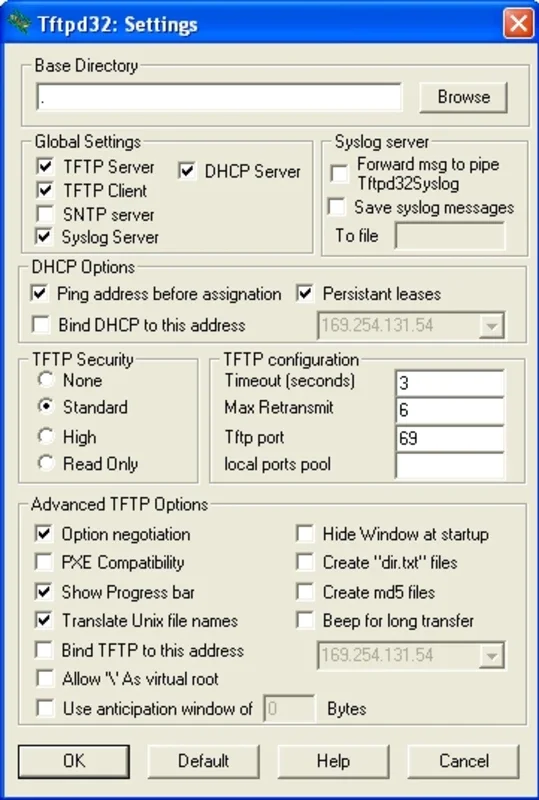TFTP App Introduction
TFTP, or Trivial File Transfer Protocol, is a client/server application that plays a crucial role in network operations. This software is not only a client/server for TFTP networks protocols but also serves as a server for DHCP, SNTP, and Syslog. In this article, we will explore the features and capabilities of TFTP in detail.
What is TFTP?
TFTP is a simplified version of the classic FTP. It is primarily used to update the firmware on various network devices such as routers, modems, or IP phones. Additionally, it can be used for remote computer startup (PXE). This makes TFTP an essential tool for network administrators and technicians who need to ensure the smooth operation and maintenance of network devices.
Configurable Parameters
One of the key features of TFTP is the ability to configure several parameters on the protocol. These parameters include size, block size, and timeout. By adjusting these settings, users can optimize file transfers for maximum performance. This level of customization allows for a more efficient and tailored experience based on the specific needs of the network environment.
Installation as a Windows Service
TFTP can be installed as a Windows service, providing added convenience and seamless integration with the Windows operating system. This makes it easy to manage and run the software in the background, ensuring that it is always available when needed.
In conclusion, TFTP is a powerful and versatile software that offers a range of features and benefits for network management. Whether it's for firmware updates or other network-related tasks, TFTP is a valuable tool that can help improve the efficiency and functionality of network systems.

